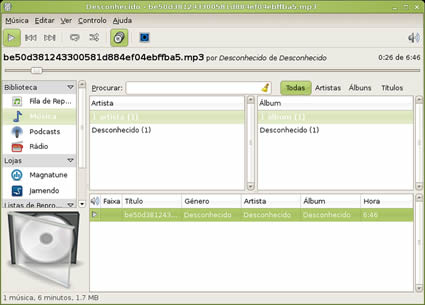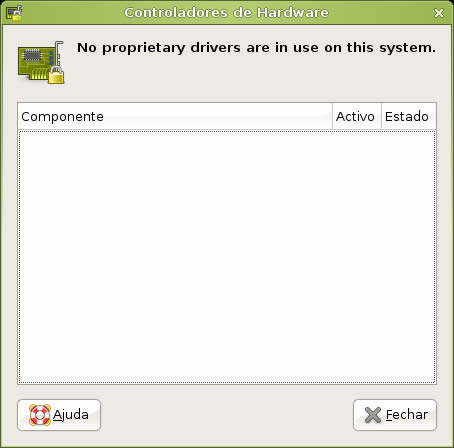

sudo dnf install release-$(rpm -E %fedora).noarch.rpm
KDE INSTALL KPLAYER FREE
To install VLC on Fedora/CentOS or any other RHEL-based distro, you'll have to first enable the Free and Non-free RPM Fusion repositories. For this, open the terminal and run the following command: sudo apt install vlcĪt any point in the future, if you wish to uninstall VLC, run: sudo apt remove vlc On Ubuntu or Debian-based distros, you can use the APT package manager to install VLC. So depending on which Linux distro you're using, follow the steps below accordingly to get VLC on your machine. Using the default package manager happens to be the most obvious choice for many Linux users.

And much like any other software, there are different ways to install VLC on all of these different distros. VLC is supported by a number of Linux distros. Install VLC Media Player Using a Package Manager
KDE INSTALL KPLAYER SOFTWARE
Kubuntu 17.10 can be downloaded for 64-bit or 32-bit systems right now from our website.However, since software installation on Linux can be intimidating to some, here's a guide to simplify installing VLC Media Player on Linux. KPlayer 0.6 supports KDE 3.

KDE fans will also be able to install new versions of the Krita, digiKam, or KDevelop applications in Kubuntu 17.10, which inherits all the goodies from Ubuntu 17.10 (Artful Aardvark), such as the Linux 4.13 kernel, GCC 7 as default compiler, Mesa 17.2 graphics stack, as well as the Python 3.6 stack. The Telepathy instant messaging client has been removed from the default install, though it's available for installation from distro's main repositories. KTorrent 5.1 and Cantata Qt5 apps included by defaultĪmong other noteworthy changes included in the Kubuntu 17.10 release, we can mention the KTorrent 5.1 BitTorrent client and Cantata Qt5 music player as a replacement for the unmaintained Amarok. Also, the Muon package manager makes a comeback in this release. Non-KDE apps include the LibreOffice 5.4.1 office suite and Mozilla Firefox 56.0 web browser, and Kubuntu 17.10 is the first release to switch another KDE app to a non-KDE one, namely Dragon Player, which was replaced with the more popular VLC Media Player. "Kubuntu has seen some exciting improvements, with newer versions of Qt and stability improvements to KDE Plasma." "Codenamed “Artful Aardvark”, Kubuntu 17.10 continues our proud tradition of integrating the latest and greatest open source technologies into a high-quality, easy-to-use Linux distribution," reads today's announcement. It ships with the latest point release of the KDE Plasma 5.10 desktop environment with the KDE Applications 17.04.3, KDE Frameworks 5.38.0, and Qt 5.9.1 stacks. 3 version has much improved support for subtitles with many new options. And as usual there have been many bug fixes and translation updates. Some polishing has been done, primarily to make KPlayer window resizing. Just like the other official flavors, Kubuntu 17.10 was developed during a six-month development cycle, during which it received numerous improvements and updates for core components. 7 version brings KPlayer into the KDE 4 age. Following on the footsteps of Ubuntu 17.10 and Xubuntu 17.10, the Kubuntu 17.10 operating system arrived today for those who like to use the KDE Plasma 5 desktop environment on their personal computers.


 0 kommentar(er)
0 kommentar(er)
